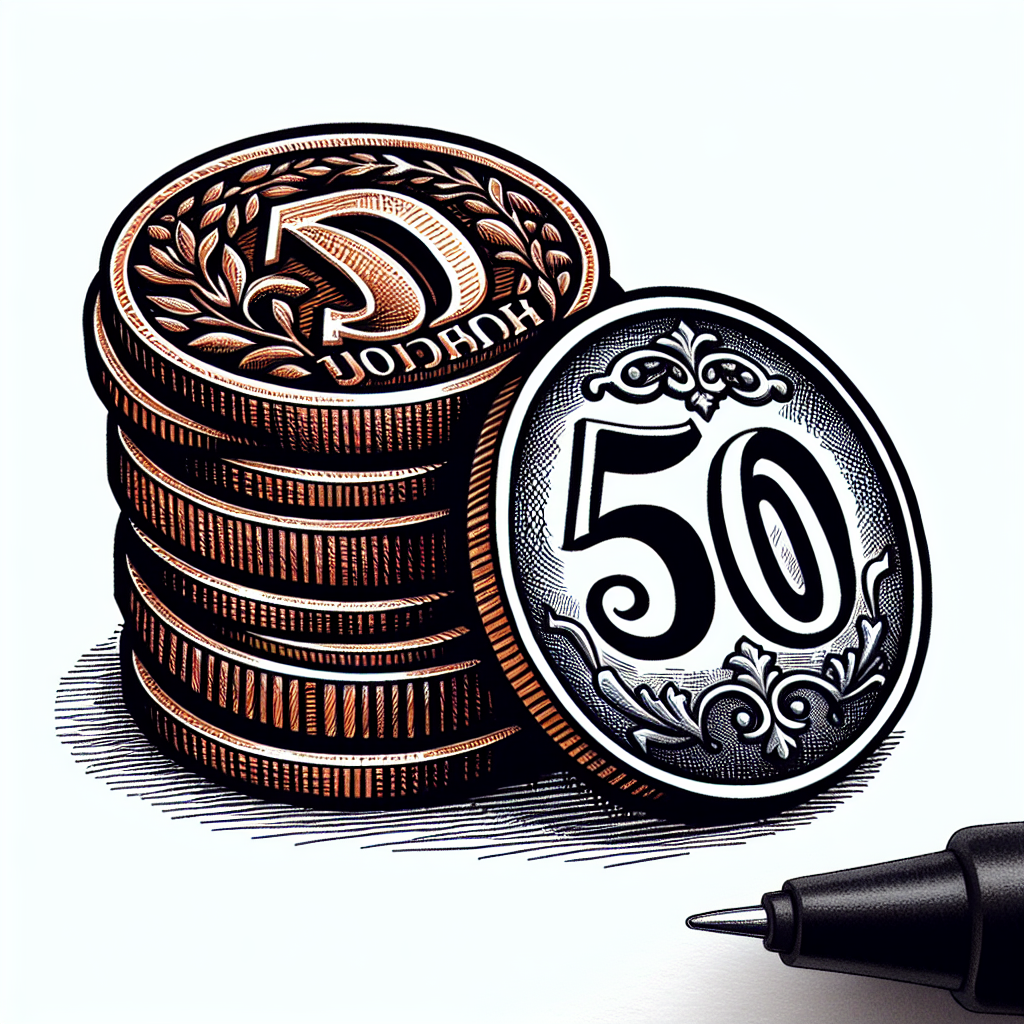Rouble Turns Weak Amid Trump's War Ultimatum to Russia
Russia's rouble continues its decline against the dollar and yuan, influenced by geopolitical tensions as U.S. President Trump sets a new deadline for Moscow to end the Ukraine conflict. The rouble's slide is exacerbated by a recent 200-basis-point rate cut by Russia's central bank.

- Country:
- Russia
Russia's rouble extended its slump against both the dollar and China's yuan on Tuesday, as it reacted to U.S. President Donald Trump's aggressive deadline on Moscow to conclude the war in Ukraine. By 1020 GMT, the rouble weakened further, trading at 82.25 to the dollar, its lowest since May 12, according to data compiled by LSEG.
The rouble has been declining for four straight sessions since July 24, losing 4.7% against the dollar. Contributing to this downward trend is the central bank's significant move to cut the key rate by 200 basis points to 18% on July 25, marking the largest cut in over three years. Trump's increased frustration with Russian President Vladimir Putin over the Ukraine situation led him on Monday to give Moscow just 10 to 12 days for progress, failure to which will result in unspecified consequences.
Taras Skvortsov, CFO of Russia's biggest lender, Sberbank, indicated that the current depreciation of the rouble ties back to geopolitical tensions, making it difficult to predict the currency's future path. Sberbank forecasts the rouble may weaken to about 90 per dollar by year's end. Meanwhile, against the Chinese yuan, the most traded foreign currency in Russia, the rouble decreased by 0.8% to 11.43.
(With inputs from agencies.)
- READ MORE ON:
- rouble
- Trump
- Putin
- Ukraine
- geopolitical
- Sberbank
- currency
- central bank
- yuan
- dollar










